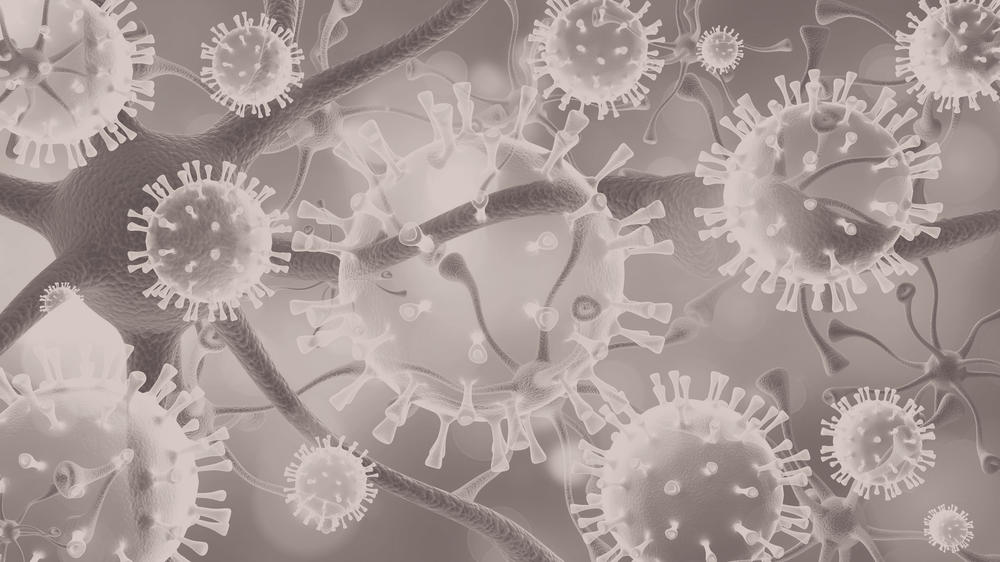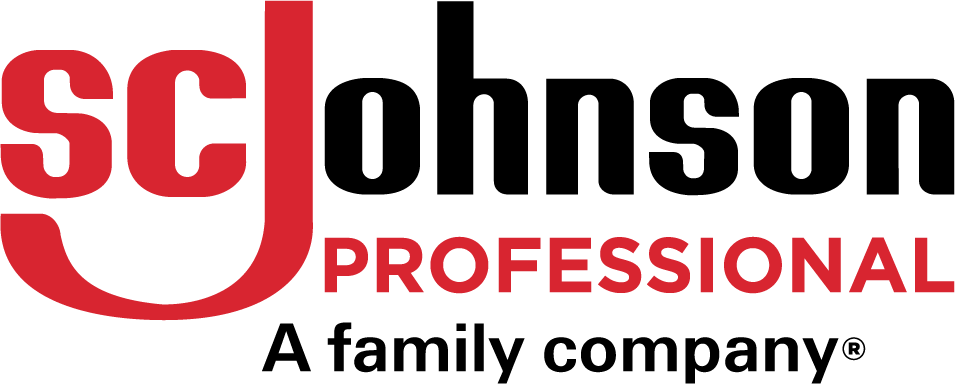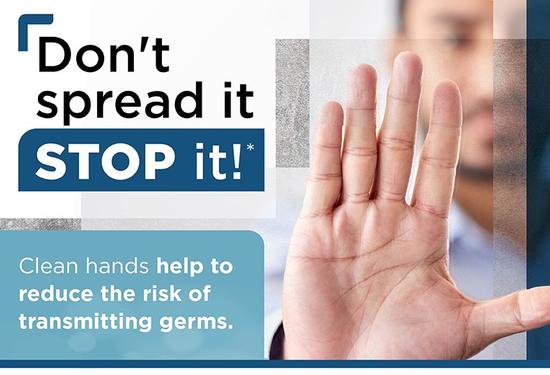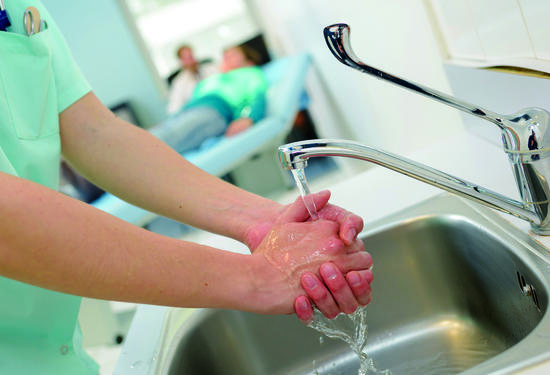
How hygiene best practice can help prevent the spread of infection
As a result of the Covid-19 pandemic, we have all become more aware of the risk posed by the spread of infection and as we enter the winter months, both colds and flu are on the increase[1]. Both are common respiratory viruses, but flu is particularly contagious, as people can spread the virus a day prior to symptoms appearing and up to seven days after they begin[2]. Each year, on average, flu causes 11,000 deaths in England, and in 2017-18, Public Health England estimated that this figure reached 22,000, the highest death toll in recent years. Last year, flu cases were unusually low due to pandemic restrictions, but experts expect flu to return as a significant risk this winter[3].
When it comes to your workforce or facility users, doing all you can to help prevent the spread of infection is crucial. Although the UK sickness absence rate has fallen in recent years, minor illnesses remain the main reason for absenteeism, with coughs and colds the primary reason for these absences[4]. It goes without saying that, for employers, these absences can be costly and affect work productivity[5].
Today, being responsible for a facility means there is a greater emphasis on helping to prevent infections from spreading. As an employer or facility manager, it is your responsibility to help people adopt safer behaviours in workplaces and public facilities as part of the measures you take to make them as safe as practically possible. So how do you enable people to change their hygiene behaviour and help prevent the spread of these infections?
Firstly, it’s important to know that hand hygiene is recognised as one of the first lines of defence; one of the primary modes of infection transmission is via the hands[6]. Those infected with the cold or flu virus can spread pathogens from their hands to other people, either directly or via touching shared surfaces. Once contaminated, other people who come into contact with these surfaces can then become infected themselves by touching their mouth, eyes or nose. Our Targeted Hygiene programme, developed with industry experts, can help you to identify the hygiene infrastructure required to help break the chain of infection. In this programme, we help you to locate where the 8 key moments of risk can frequently occur. Once these have been identified, our solution includes a specification of a suitable hand hygiene solution for the ‘moment’, along with an extensive range of educational materials to help change users’ hygiene behaviours.
Our hand hygiene solutions typically fall into two broad areas:
- Hand washing
Hand washing is an easy, effective and affordable way to stop the spread of germs and infections. Hand washing with soap physically removes viruses from the hands; soap contains ingredients known as surfactants, which break down the oils and dirt on the skin. Friction created by rubbing the hands helps the surfactants to encapsulate dirt and germs and holds them away from the skin – water then rinses this away.
Our recommended advice on good hand washing practice is as follows:
- Hands should be washed regularly and especially before and after eating, after touching potentially contaminated surfaces such as door handles or light switches, and after coughing or sneezing and using the washroom.
- A good hand washing technique needs to be employed in order to clean the hands thoroughly and thus prevent the further spread of germs.
- Hand washing is a key aspect of hand hygiene, visibly removing soiling from the hands as well as high levels of bacteria and viruses when carried out correctly.
Encouraging people to adopt good hand washing behaviours in a facility can be simple; providing hygienic, clean washrooms with soaps that people like to use alongside instructions and reminders on best practice are all simple steps that can be taken. Find out about our washroom foam soaps and how we choose our signature fragrances here.
- Hand sanitising
To complement hand washing, hand sanitising also has a key role to play; a 2007 study found that using an alcohol-based instant hand sanitiser can help to reduce the risk of infection[7]. However, ensuring your employees or facility users employ best practice is vital – here is our recommended advice:
- When hand washing is not possible, locate hand sanitisers at locations where the risks of infection transmission are highest. Our Targeted Hygiene programme identifies 8 high risk moments and potential locations for hand sanitisers in many facility types.
- As with hand washing, proper technique is needed when using sanitisers. Support your facility users with educational materials that advise on how they should use sanitiser. For example, enough product should be applied to keep hands wet for 20-30 seconds and sanitisers should only be used when the hands are not visibly soiled[8].
Our Targeted Hygiene guidance has been designed with the support of hygiene experts to enable managers to equip their facilities with the appropriate infrastructure, as well as regimes for both targeted hand and surface hygiene to help break the chain of infection. Learn about how our Targeted Hygiene programme can help equip your facility with the right hand hygiene equipment here.
To download our free materials and educational resources, head here.
[1] https://www.gov.uk/government/publications/health-matters-cold-weather-and-covid-19/health-matters-cold-weather-and-covid-19
[3] https://www.ageuk.org.uk/latest-press/articles/2021/the-single-best-thing-older-people-can-do-for-their-health-this-autumn-is-to-have-their-booster-covid-19-jab-and-their-flu-jab/
[4]https://www.ons.gov.uk/employmentandlabourmarket/peopleinwork/labourproductivity/articles/sicknessabsenceinthelabourmarket/2020
[5] https://www.insidermedia.com/blogs/midlands/ill-health-has-been-estimated-to-cost-the-british-economy-approximately-77
[6] https://www.cdc.gov/workplacehealthpromotion/health-strategies/flu-pneumonia/interventions/environmental-support.html https://www.ifh-homehygiene.org/books/simple-guide-healthy-living-germy-world/module-8-developing-right-sort-hygiene/some-examples



